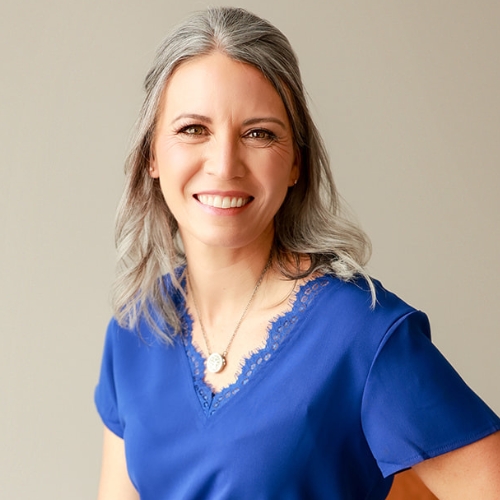It’s more common to see a person’s pronouns included on email signatures, instagram bios and during in-person introductions. Many people don’t understand why this is important, or are caught off guard by people using personal pronouns and don’t know how to respond. For people where the trinity of sex at birth, gender identity, and gender expression align*, the question is Why?
I’ve even had people ask me, “Where did this come from?” and “Why do I have to bend over backwards?”. A short response to these questions would be this came from no longer denying the full expression of humans.
I also don’t consider taking small thoughtful actions to be inclusive as bending over backwards. Think of it, when a building has a wheelchair ramp, we don’t see that as bending over backwards. As someone who personally doesn’t need a ramp, I understand that including this is necessary for some people. It’s been embedded into best practices, even though that wasn’t always the case.
Changes are made to support people for who they are.
Circling back to pronouns, this is an area that’s confusing for a lot of people because we haven’t been told the truth pertaining to gender and gender identity. This mistruth is embedded into our culture, even with the trendy practice of gender reveals, and sex education. Most people were raised with the gender binary**, girl or boy. We are taught that gender identity aligns with this binary, even if the term gender identity was never used.
Sex at birth as either boy or girl isn’t scientifically accurate. There’s a third category for sex at birth known as intersex. Sometimes this is apparent at birth and the child has ambiguous genitalia. Other times it may not be known until puberty or even later in life.
Historically, our culture has used sex at birth to denote pronouns. If someone is born a girl, they are referred to as she. If someone “looks like a boy” or “dresses like a boy” (gender expression) they are referred to as he.
When you consider intersex is as common as redheads, this leaves out a lot of people. Add into the mix that people who have a gender identity (the internal sense of who they are) which doesn’t align with their sex at birth***, pronouns become even more important to respect people for who they are.
Using pronouns is a simple shift that requires education and practice.
After including education about using pronouns in new employee training and successfully advocating for them to be included on email signatures and on door placards, I know this to be true:
- If you’ve never made an introduction using your pronouns, it feels awkward and will for a while. This is because we have been taught to assume, rather than to ask.
- It will get easier as you practice but do practice… Hi my name is ________, and I use ______,______,______ pronouns. For me it sounds like this, “Hi, my name is Beth and I use she, her, hers pronouns”.
- People may use, she/her, he/him, they/them, a combination of these or even others. One common statement people make is they/them is plural, it’s just not proper use of the word. Let’s face it, the English language isn’t perfect. Traditionally we’ve had binary pronouns based on false truths, and the use of words can and do change over time.
- Even with training and incorporating this into your best practices, you’ll still make mistakes and assumptions. When you make a mistake, apologize. Use this to foster your awareness to mitigate mistakes in the future.
Here are ways you can incorporate this into teaching Pilates.
- Training: Include training on the use of pronouns for Pilates Teachers at your studio as part of continuing education and during the initial onboarding process.
- Bios: Ensure that bios use pronouns.
- Email Signatures: If you use a standard email signature, include your pronouns. There are different formatting options depending upon styling preferences.
- Intake Forms: Include a line for clients to choose or write in their pronouns.
- Introductions: Make in-person introductions using pronouns.
Using pronouns is an individual action you can take that will have a ripple effect to the Pilates Teachers and clients you work with. This will accelerate the use of pronouns to become everyday best practices. And lastly, it’s a way to respect people and one of the steps to being more inclusive in the work you do.
If you’d like the video version of this and are a Pilates Teacher, click here.
If you’d like more information on Pronouns, check out this website: https://www.mypronouns.org/
* When sex at birth and gender identity align, this is called cisgender.
**It should be noted this is from the American Culture perspective. As an example, Indigenous people have always recognized a “third gender” two spirit.
*** When sex at birth and gender identity don’t align, someone may transgender or gender expansive.


